
History of Dubai: From Fishing Village to Global Wonder
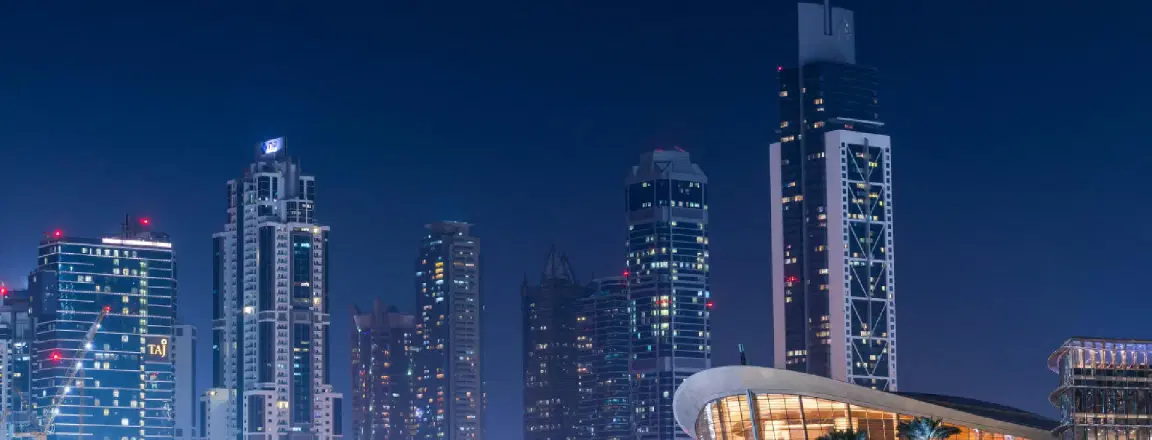
Are you a history buff who is looking for amazing transformation stories of countries and cities in the world? This guide on the history of Dubai can fascinate you. Learn about Dubai’s incredible journey, from a small fishing village of 800 people in 1833 to a global icon. It all started with the Bani Yas tribe, led by Maktoum bin Butti settled along the creek, perfect for fishing and pearl diving. At that time, the main mode of travel was boats called dhows. Who knew that such a small village would become one of the world’s most famous cities?
Key Takeaways
- Dubai began as a small fishing village in the year 1833, with the population consisting of 800 individuals of the tribe Bani Yas.
- Finding oil in 1966 changed everything and helped Dubai become super-rich and modern
- Dubai Creek was like the main street where everything happened - fishing, trading, and boat rides
- Smart rulers built amazing roads, airports, and tall buildings to make Dubai a world-famous city
- Today's Dubai has incredible attractions like Burj Khalifa and Dubai Mall, which millions of people visit
Journey of Dubai
The Pearl Business Gets Tough (1894-1966)
By 1894, Dubai grew busier as traders and foreign workers arrived, making it a lively, international village. However, things changed downward as Japan started producing artificial pearls, which had destroyed the pearl trade in Dubai, the primary source of revenue. The leaders of Dubai realised they could not only rely on the pearls. So, they started to look for other opportunities. What they did not know was that it would be a game-changing discovery that was buried under the sand.
The Amazing Oil Discovery (1966)
In 1966, something incredible happened!! They found oil, or the liquid gold, under Dubai's sand, which changed everything. Instead of being dependent on the oil sales, Sheikh Rashid bin Saeed Al Maktoum invested the funds in developing roads, airports, and skyscrapers, making Dubai a global icon. His visionary strategy transformed Dubai from a deserted village to a modern metropolis today.
Building the Foundation: Roads and Airports
Sheikh Zayed Road: Dubai's Super Highway (1971-1980)
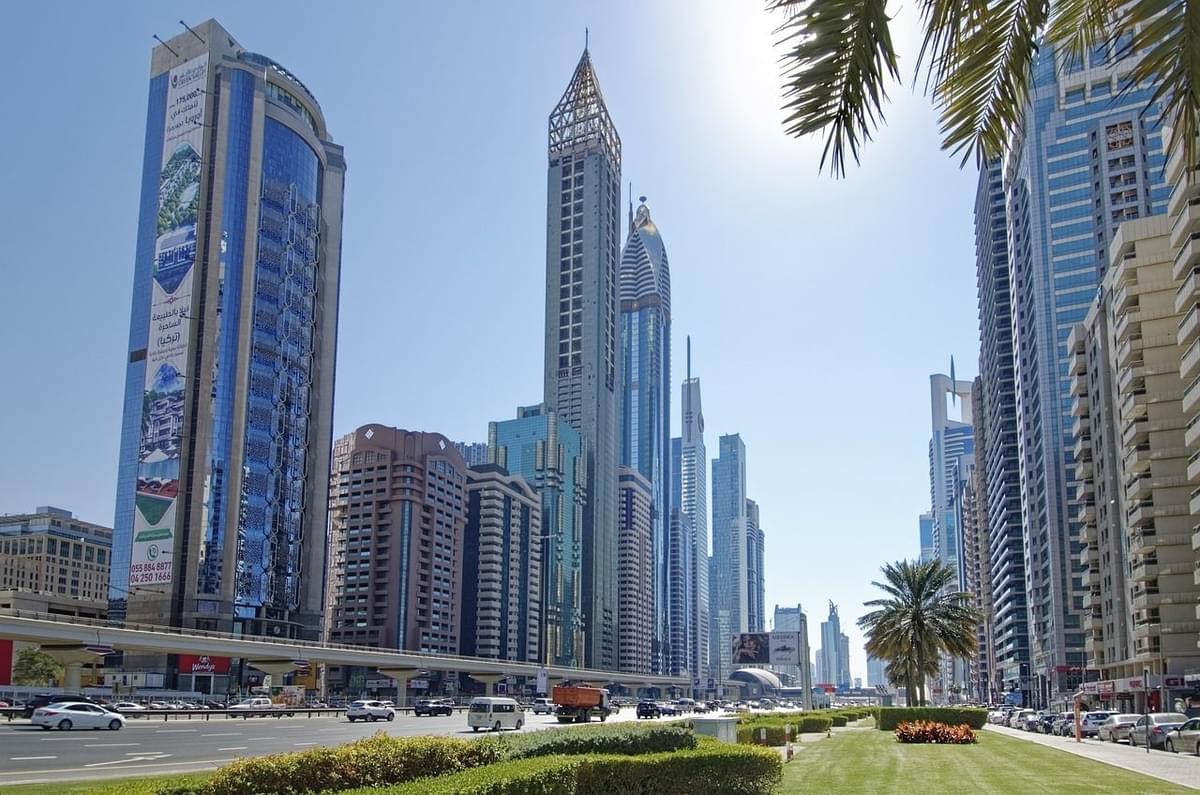
The longest road in the UAE is Sheikh Zayed Road. It is one of the major projects of Dubai, which was constructed between 1971 and 1980 and connects Dubai to the rest of the cities of the emirates. It can be referred to as the backbone of the city. Surrounded by some of the well-known tall structures, driving on the Sheikh Zayed Road feels like going through a canyon of skyscrapers.
Dubai Airport: The Gateway to the World (1960)
The rulers of Dubai had already been looking forward even before the discovery of oil. Dubai constructed its first airport in 1960, which is Dubai International (DXB), with a packed sand runway. Can you imagine planes landing on sand? The earliest flight that landed there must have been a great adventure. It began as a small airport but has now become one of the busiest airports in the world that serving millions of travellers around the world. There are more than 5 airports in Dubai, making it a giant international meeting place in the sky.
Building Upward: Dubai's First Skyscrapers
The Clock Tower: A Simple Beginning (1963)

In 1963, Dubai tourism built the very first landmark- the Deira Clock Tower. It was the symbol of progress, standing by itself in the middle of the sand. On the one hand, the clock tower itself is surrounded by crowded streets, stores, and eateries today. It is really surprising that this tower has witnessed such a splendid history of Dubai, from a desert to a megacity.
Dubai World Trade Centre: The First Giant Building (1979)
Built in 1979, Dubai's World Trade Centre is the city's first skyscraper. This 38-storey high building used to be the tallest building in the UAE until Burj Khalifa came into place in the year 2010. It is among the best places in Dubai to conduct a business conference and a trade exhibition.
Creating Water Wonders
Dubai Creek: The Historic Heart
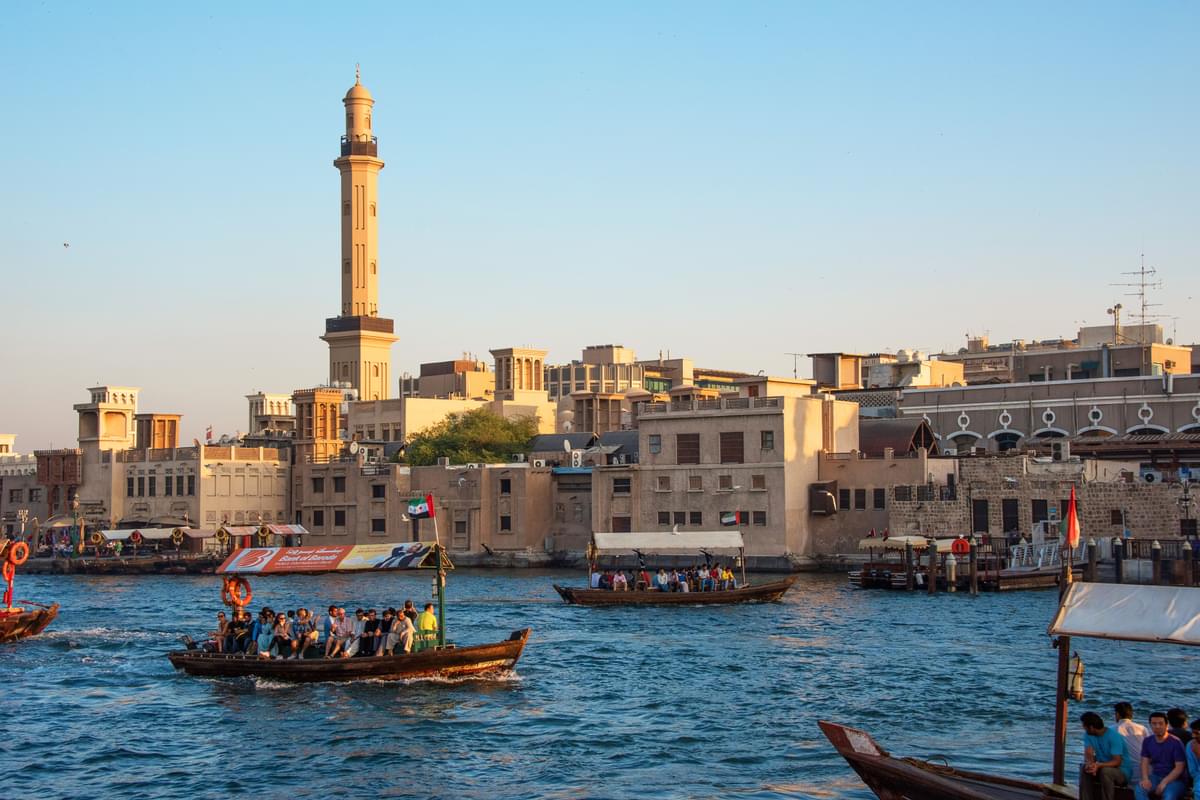
The city begins its history with Dubai Creek. This creek divides Dubai into two large regions: Deira and Bur Dubai. It runs through the city, creating two neighbourhoods of different character. You may still experience Dubai's past by enjoying the ride on old abra boats.
Dubai Marina: The Man-Made Marvel
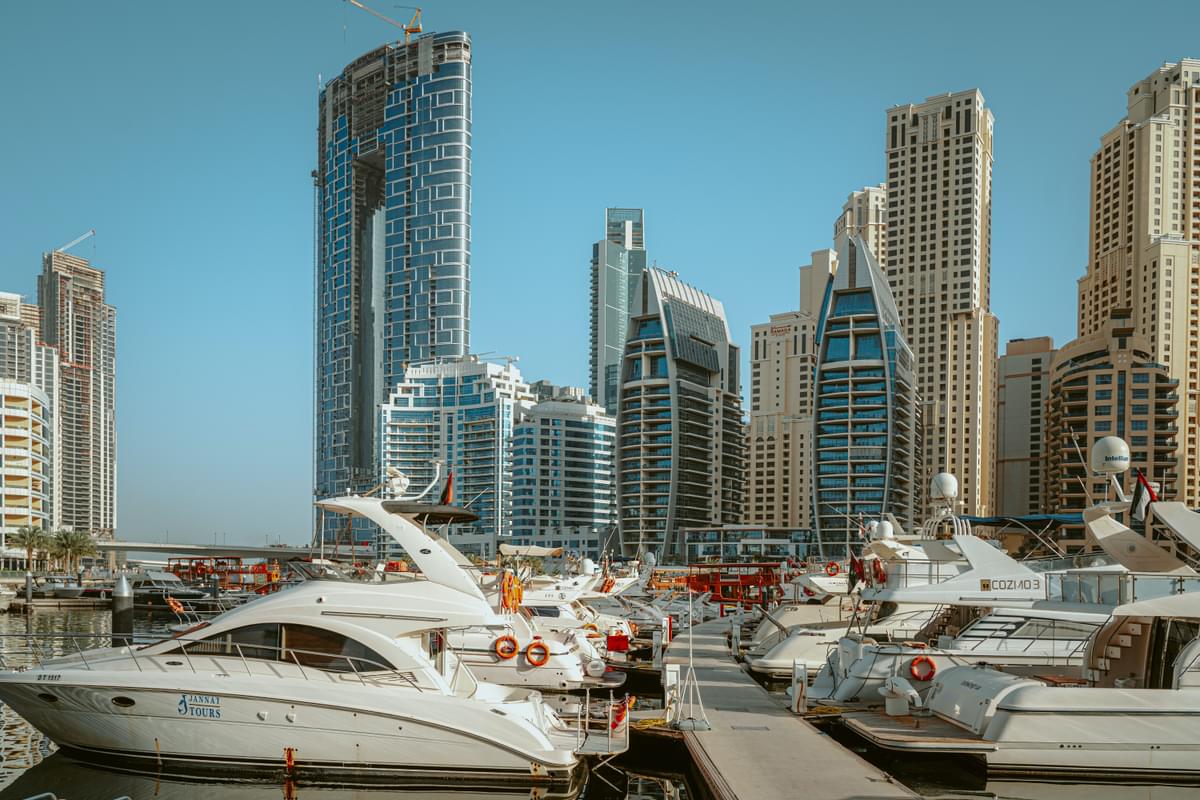
Dubai's engineers performed a miracle by creating Dubai Marina, a brand-new waterfront development. They diverted the ocean water and designed a 3-kilometre-long artificial canal city. It seems like a little version of Venice in the middle of the desert. The world's largest artificial harbour is Dubai Marina. It also boasts of famous towers, which include Princess Tower, Marina 101 and Ocean Heights. It is like having a journey through a water city as one walks around Dubai Marina.
Preserving Culture: Jumeirah Mosque (1976-1979)

Dubai rulers did not forget about their culture and religion when making all these modern wonders. They have constructed one of the most beautiful mosques in Dubai, the Jumeirah mosque, constructed in the traditional Islamic style of construction, with white stone, two towers, and a big dome. This is an open mosque where people of any faith have an opportunity to enjoy watering their eyes with beauty and gain new knowledge.
Modern Dubai: The Tourism Capital
Downtown Dubai: Where Dreams Come True
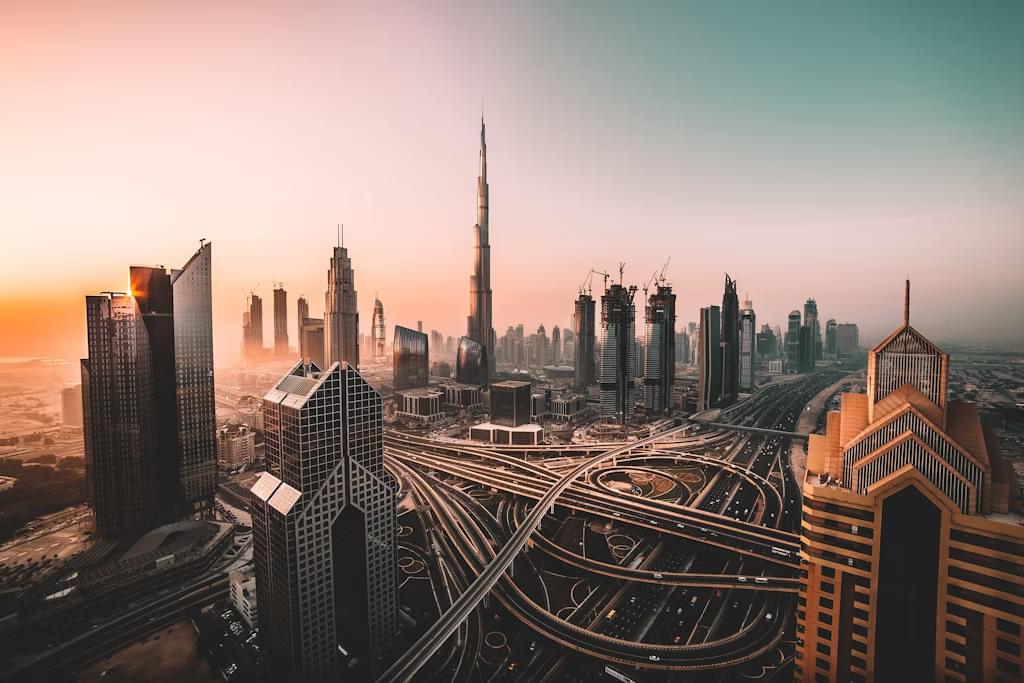
Downtown Dubai was once a barren desert, but today it is home to some of the most renowned attractions in the world, including the Burj Khalifa, the tallest building in the world. The Dubai Mall and the musical Dubai Fountain are two more attractions. This city is where individuals can live, work, shop and have fun in a single location. With millions of visitors each year, it has emerged as the hub of Dubai's tourism industry
Dubai's Secret to Success at a glance
The history of Dubai and its development from a fishing village into a world marvel did not occur by chance. The city's leaders made smart decisions:
- They spent money smartly to develop infrastructure rather than consuming it all.
- They invited people from across the world to work and stay in Dubai.
- They concentrated on making Dubai a pleasant city to visit with wonderful attractions and experiences.
- They had never quit dreaming big and being forward-looking
Conclusion
The history of Dubai tells us that with the best planning, diligence, and grand aspirations, incredible things can be achieved. You can observe conventional dhows plying the waters of Dubai Creek today next to ultramodern skyscrapers. The realistic combination of ancient and modern is what makes Dubai so special. If you ever want to witness the historical site of Dubai, plan a trip with pickyourtrail by considering the top Dubai tour packages for a memorable experience.
Frequently Asked Questions
When did Dubai start, and who lived there first?
Dubai was started in 1833 when 800 members of the tribe of Bani Yas decided to reside close to the creek of Dubai. This place was ideal for fishing and pearl farming in the water, hence they settled here.
What was Dubai like before they found oil?
Dubai was a small fishing village, and the inhabitants earned money by catching fish and diving into the sea to collect pearls before the discovery of oil in 1966. The city was very calm and smaller, as compared to the present-day cities.
How fast did Dubai change from a village to a big city?
The greatest transformations in Dubai occurred in approximately 50 years after discovering oil way back in 1966. The change that took place from the 1970s to the 2000s was the most dramatic one.
Why is Dubai Creek so important?
Dubai Creek is where Dubai's history started. It's the waterway where the first people settled, and it still divides the city into two parts called Deira and Bur Dubai.
What was the first tall building in Dubai?
Dubai's first actual skyscraper, with 38 floors, was the Dubai World Trade Centre, constructed in 1979. It was the highest building in the UAE when it was constructed.
Update your location?



